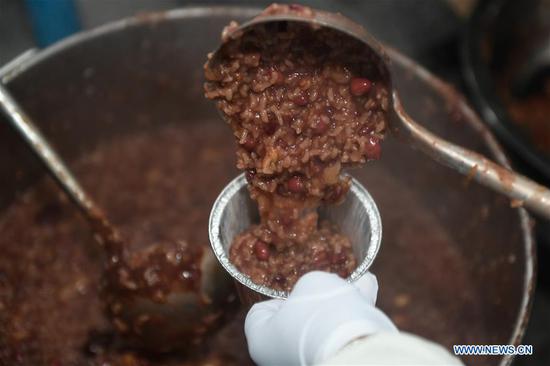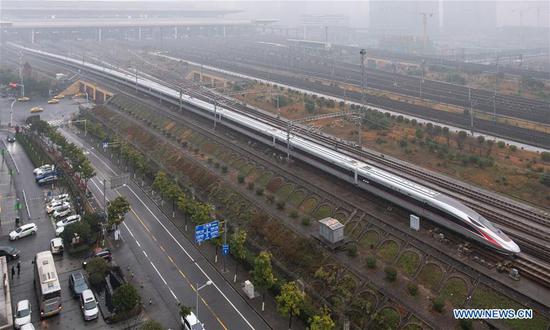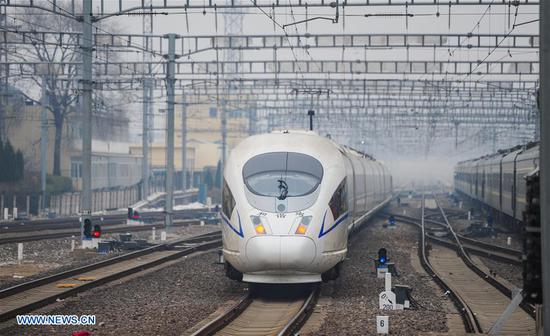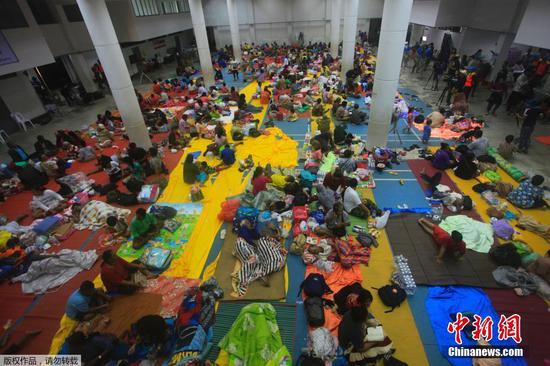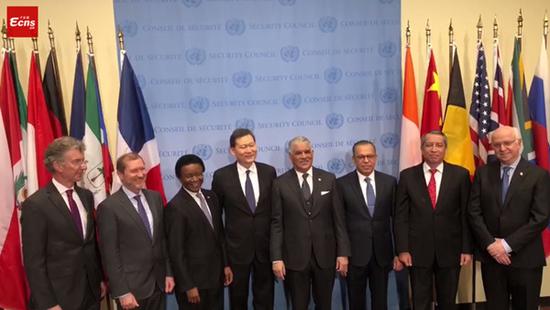Monetary policy can boost confidence in capital markets, but confidence alone is not enough to push stocks to a sustainable base without meaningful improvement in the macro-economic conditions.
It typically takes at least three to six months for monetary policies to impact the real economy, as infrastructure and growth activities are only able to kick off when the credit is available.
Correlation between Shanghai stocks and China manufacturing PMI stands at 0.721 in the past three years, which indicates growth holds the key to the value of domestic stock prices.
But the RRR cut creates favorable conditions for bonds market as the ample liquidity easily lowers interbank funding costs and increases the carry trade opportunities.
For now, the overnight repo rate stands at 1.58 percent, way below the one-year government bond yield at 2.45 percent, so there is substantial room for fixed-income traders borrowing and paying interest to buy bonds.
Benchmark rate cuts to be expected
China's four easing cycles since 1996 show that the central bank repeatedly cut the benchmark rates after RRR cuts.
There are opportunities for PBOC to cut the benchmark rates within the year, as previous targeted RRR cuts have yet to spur lending in the real economy.
As well as boosting lending, a benchmark rate cut – a move to reduce the gap between market and benchmark rates – can also support the central bank's financial reform agenda.
PBOC Governor Yi Gang said last April that by maintaining a prudent monetary policy, China will see a convergence between the market rate and the benchmark rate.
China's current benchmark lending rate stands at 4.35 percent, 86 basis points higher than the Shanghai Interbank Offered Rate (SHIBOR) 12-month rate.
However, the yuan's exchange rate and the U.S.-China rate differentials will influence PBOC's rate decision.
If China sticks to defending the yuan from sliding below 7 to the U.S. dollar, then the current USD/CNY near 6.87 is not in a safe-zone.
Hence, PBOC may wait to see if the U.S. dollar depreciates before cutting the rate to mitigate the side-effects.
The gap between China-U.S. 10-year sovereign bond yields stays at around 48 basis points. Yi described a 90-basis point gap as a comfortable level.
The spread may widen this year however, as macro-conditions in the U.S., such as a more dovish Federal Reserve and increased funds shifting into safe haven assets suppressing U.S. bond yields, are changing.






























